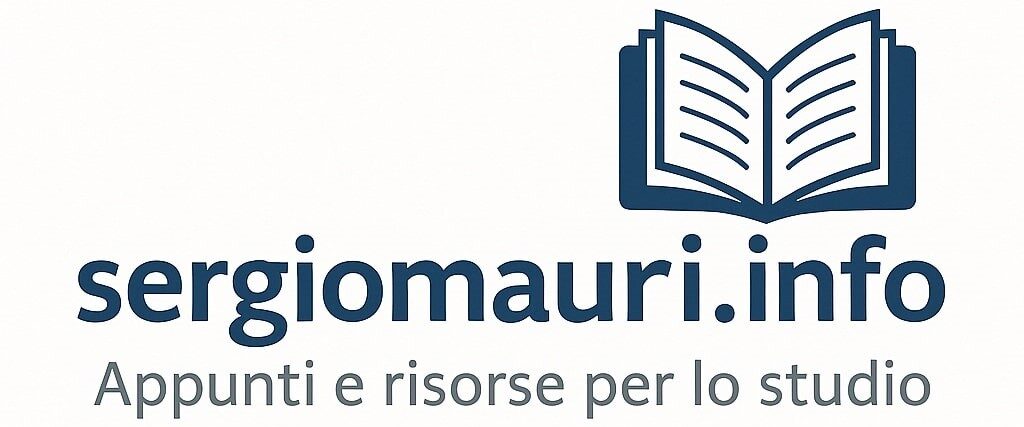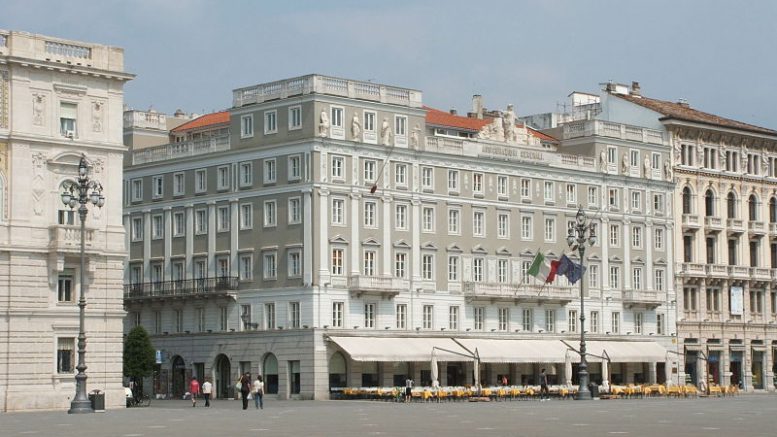di Sergio Mauri
When you land, moor or approach Trieste, you must know you arrived in the “Kakanic world”, the
“kaiserlich und königlich” world. As a matter of fact, Trieste is – at the same time – a piece of Italy
and a piece of the Habsburg world.
That world starts in 1717, when Trieste was declared Free Port of Austria. However, the Port burst
during the 19th century, thanks to Venice decline. Therefore Trieste begins to trade with the
Lombardo-Veneto, with Austria, with the these days Slav countries and, eventually, with the whole
world. The title that enriched Trieste, as to be the “Philadelphia of the Mediterrarian Sea” is neither
wrong nor exaggerated. At that time Trieste was really so fastly and commercially developing as the
northern american city.
A good example of the social class that grew up at that time, as the result of a certain kind of
development is an individual: Baron Pasquale Revoltella.
His venetian family came to Trieste when Pasquale was four, and settled in its new town. Here
Revoltella enjoyed the right environment and developed his natural propensity for business. He
became a top-businessman, a true tycoon, making – at the same time – the godsend of Trieste.
By the Revoltella Museum people can find the Marmorino veneziano, a plaster or stucco decoration
used on walls. It’s the same decoration used for the Saint Petersburg’s Hermitage Museum.
In the Baron’s halls, next to the princely dining room for 24 and more people, large-scale bohemian
crystal candle holders remind to those of the Istanbul’s sultans. On the same way people can find
some homages to the dead Maximilian. Revoltella inaugurates his home in 1859 and among his guests
people can find Ferdinand Lesseps (the man of the Suez Canal) and Maximilian of Habsburg, younger
brother of the Emperor.
The Garden of the Miramare Castle is a sort of berliner Babelsberg, and reminds even the berliner
Orangerie-Charlottenburg. But, also, the outfitting of the Isola Borromeo. There’s something
lacustrine, something nordic and mediterranean together.


